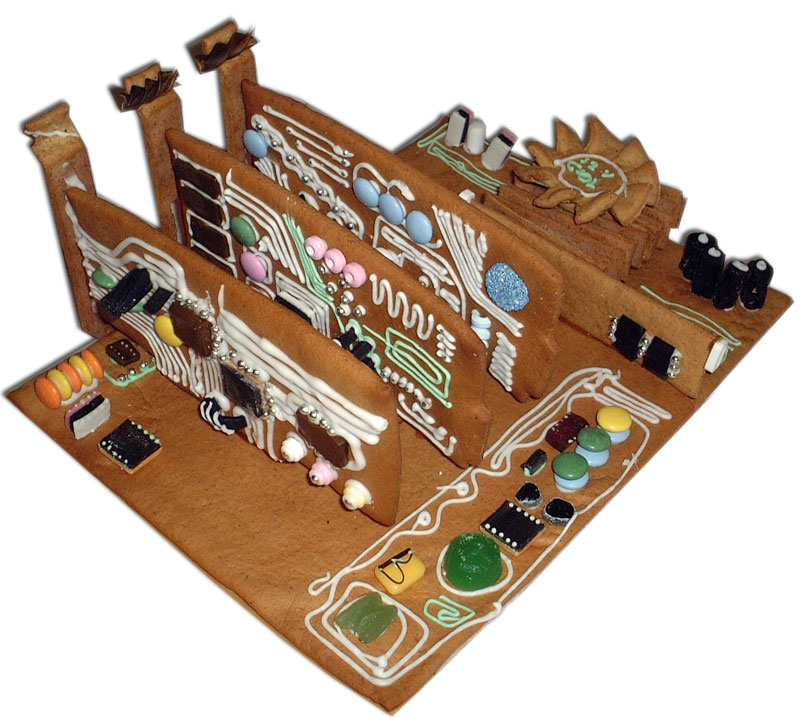 Learning is tricky business. One of the hardest parts, perhaps, is trying to remember facts and figures that seem to have no point. If a student is unable to see how subject matter relates to their life, learning can sometimes feel like cruel and unusual punishment. On the flip-side, any time a student is able to connect directly to the stuff they're studying in school, the experience can be life-changing.
Learning is tricky business. One of the hardest parts, perhaps, is trying to remember facts and figures that seem to have no point. If a student is unable to see how subject matter relates to their life, learning can sometimes feel like cruel and unusual punishment. On the flip-side, any time a student is able to connect directly to the stuff they're studying in school, the experience can be life-changing. This term in Computer Class, we're learning about hardware (that's any part of the computer that you can touch with your hands). The 4/5 and 5/6 classes are researching some of the inside-bits of the computers at school (CPU, motherboard, power source, sound and video cards, network card, RAM, and hard disk). At the end of our unit, we're going to connect the computers to our real lives by building computer models out of candy.
Now, since I teach a class called "Computers" (and not "Candy Eating for Kids") our main goal is feed our brains instead of our bellies. Candy Computer Construction will take place over one or two weeks in late October or early November. Each group of four or five will be "hired" to build a computer for my (imaginary) company, the Brom Corporation. The build teams will be given materials and instructions for minimum candy computer requirements (any team that eats all of their gummy spiders a.k.a. "case fans" will obviously lose marks!)
Info for Parents
Some of my students have asked if they can bring in candy of their own. As I would like to prevent a sugary-food-fest, please keep the following in mind: I have purchased enough "computer parts" for each group. If you would like to send your child with extras, here's what they can bring:
- One box of graham crackers (that's what we're making the circiut boards out of)
- White frosting - either in tub or tube form (to stick the parts together)
- No more than five pieces of candy (five licorice or five M&Ms or five sour keys...you get the idea. Like I said before, our main goal is not to eat, but to build)
Any extras that your child brings with them will be sent home at the end of the build period.
More information about the project will be posted closer to the first build date, and photographs of the candy computers will be posted when we're finished. Questions, as always, can be posted here. I can also be contacted directly by phone.

